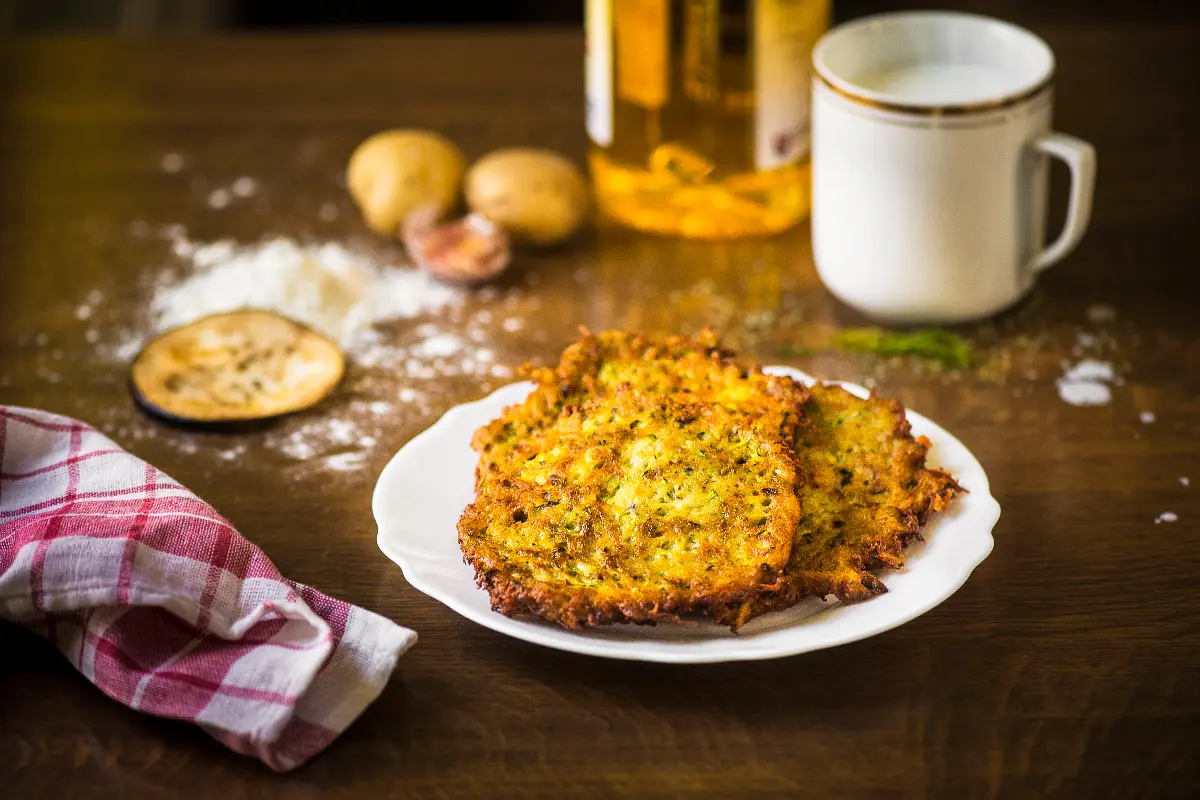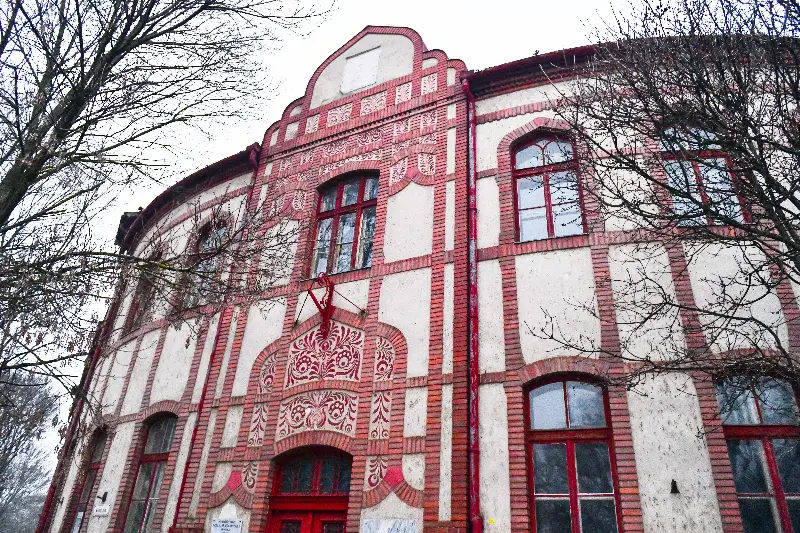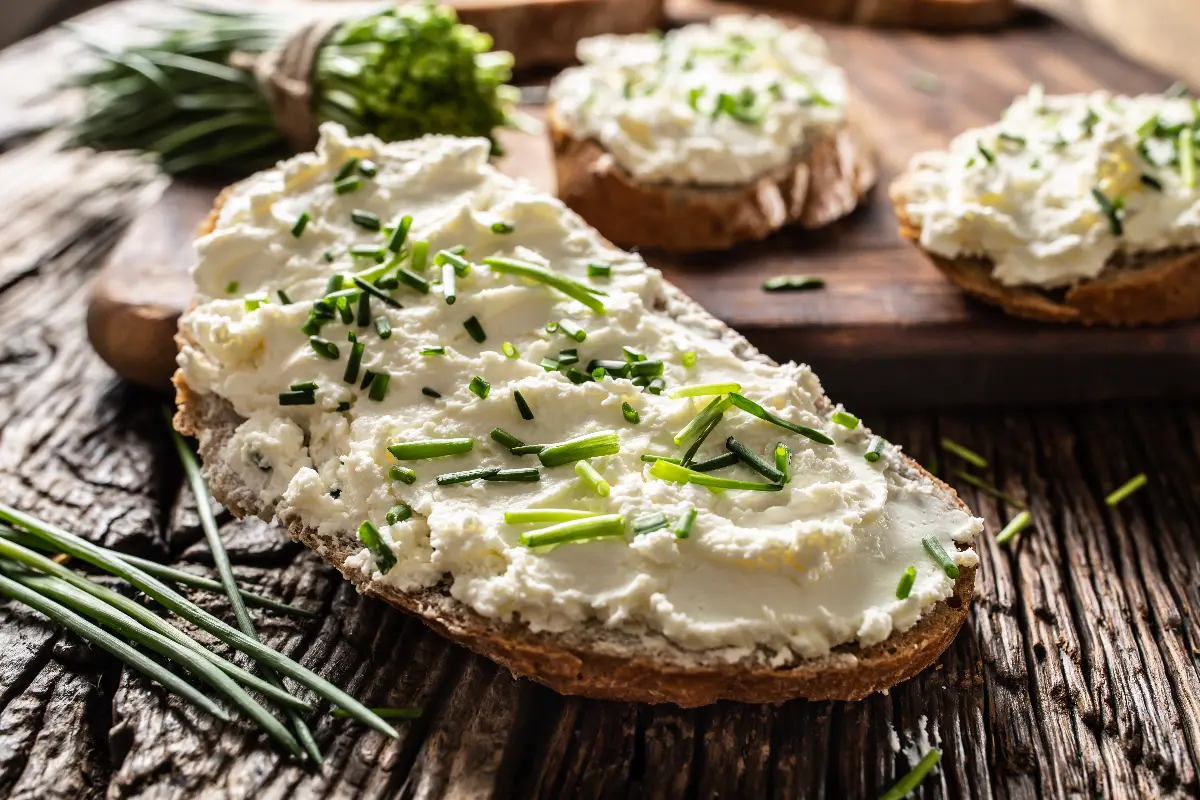
Helyszín címkék:
Delicious Slovakian flavours served in Békés County style
Hegedüs Robi
Moving traditions
It begs the question why we are offered Slovak food in the south-eastern corner of the Hungarian Great Plain. The answer, of course, lies in historical reasons. In the first half of the 18th century, evangelicals from the Highlands began to be persecuted and therefore looked for a new place to live nearby. Békéscsaba and its surroundings were at this time a rather depopulated area due to the prolonged anti-Turkish fighting. They were delighted to see the settler Slovaks, known for their industriousness, who were also farming families like themselves. And in the centuries that have passed together, folk customs and flavours brought from here and there have merged.
Today, 30 percent of the county’s population has Slovak ancestry.
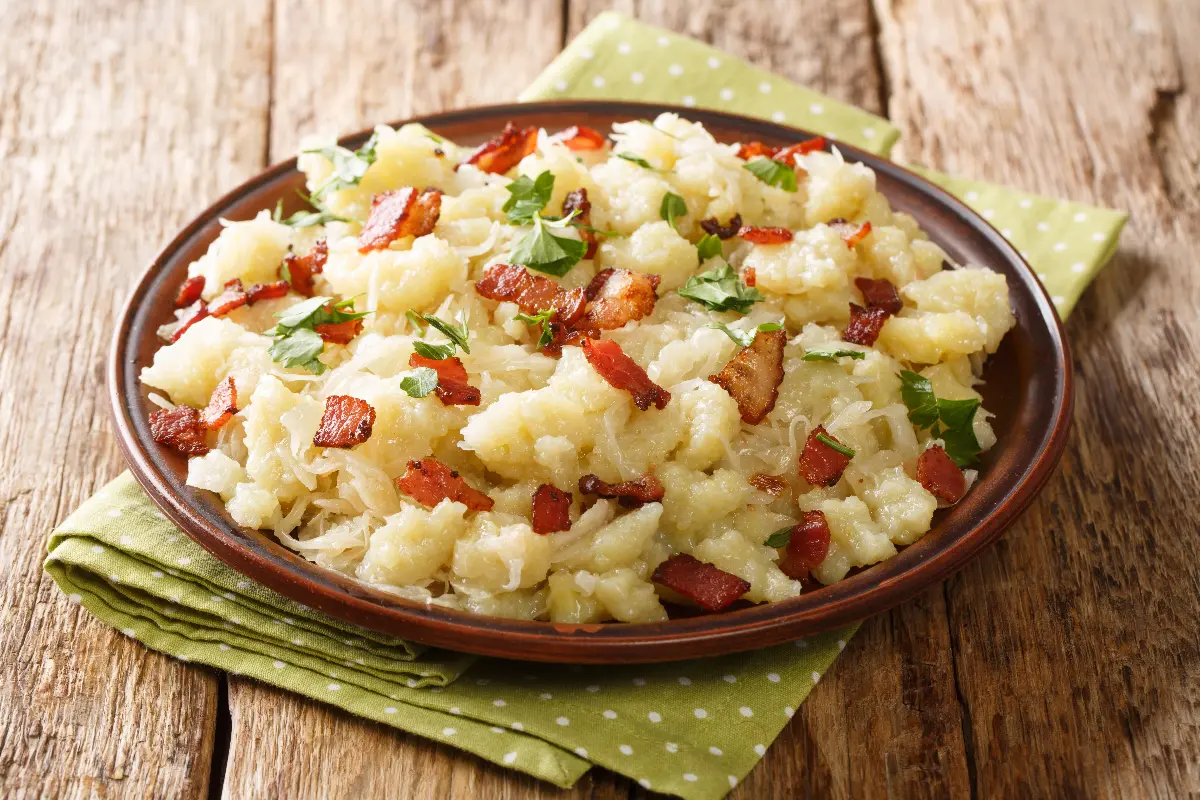
The rivals of sztrapacska
Ever since the mixing of peoples and languages, there has been an ongoing debate about what we actually call a sztrapacska. Known as strapačky in Slovak, the dish consists of raw grated potatoes, sour cabbage and chopped pork alongside the dumplings. In comparison, we serve sheep’s cheese dumplings sprinkled with sour cream and toasted bacon under this name. While the Slovak equivalent of the sheep’s cheese dumplings is the bryndzové halušky, which are also sold in traditional restaurants and festivals in Hungary. At the sausage festival in Csaba, for example, you can have it as a side dish with local meat products. Bryndza is cheese and cottage cheese made from sheep’s milk. Yes, but the peasants of Békés County make it from cow’s milk, matured for several months. Clear, right? To complicate matters further, today’s creative chefs are coming up with newer and newer variations, including the now familiar cauliflower, carrot and courgette haluska.
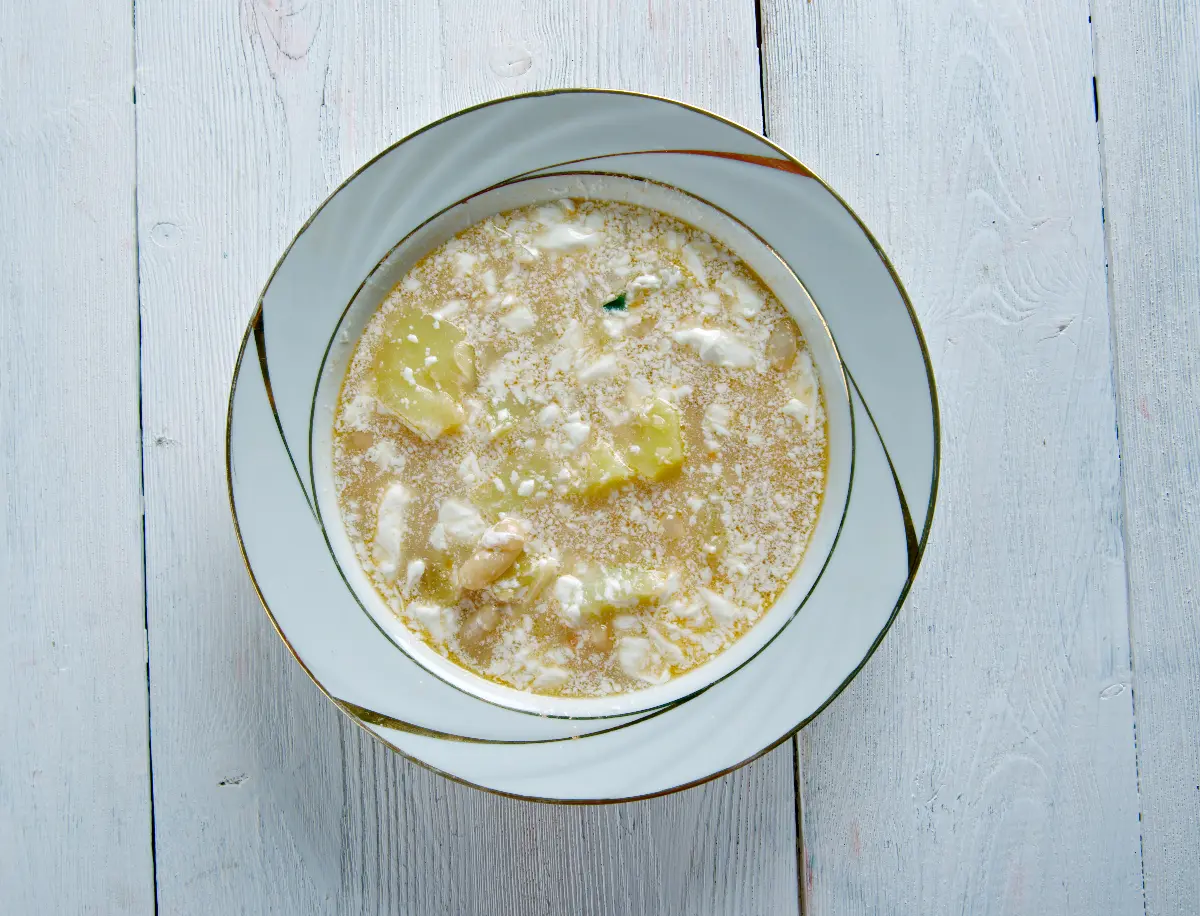
What is cooking in the pot?
A reliable common feature in the tastes of our neighbours and Hungarians is that we like to start our meals with soup. While the Jókai bean soup is based on carrots, celery and kohlrabi, with beans without pods and smoked meat, the Slovak version of the bean soup is dominated by potatoes. Another well-known dish is the Csabai ‘kiszely’ soup, or sour ‘orja’ soup (soup made of baby pork rack), which includes everything that is gathered in the kitchen during a pig feast. That’s why it’s called the “bachelor catcher soup”, as it’s a sure way to tempt young men who are hungry from hard work. The Slovakian edition has meaty bones (that would be the ‘orja’), pork kidneys, pork knuckle, smoked meat, and is accompanied by red onion, leafy greens, lemon, sour cream, and bay leaves. After that, it might not be appropriate to order a second course straight away.
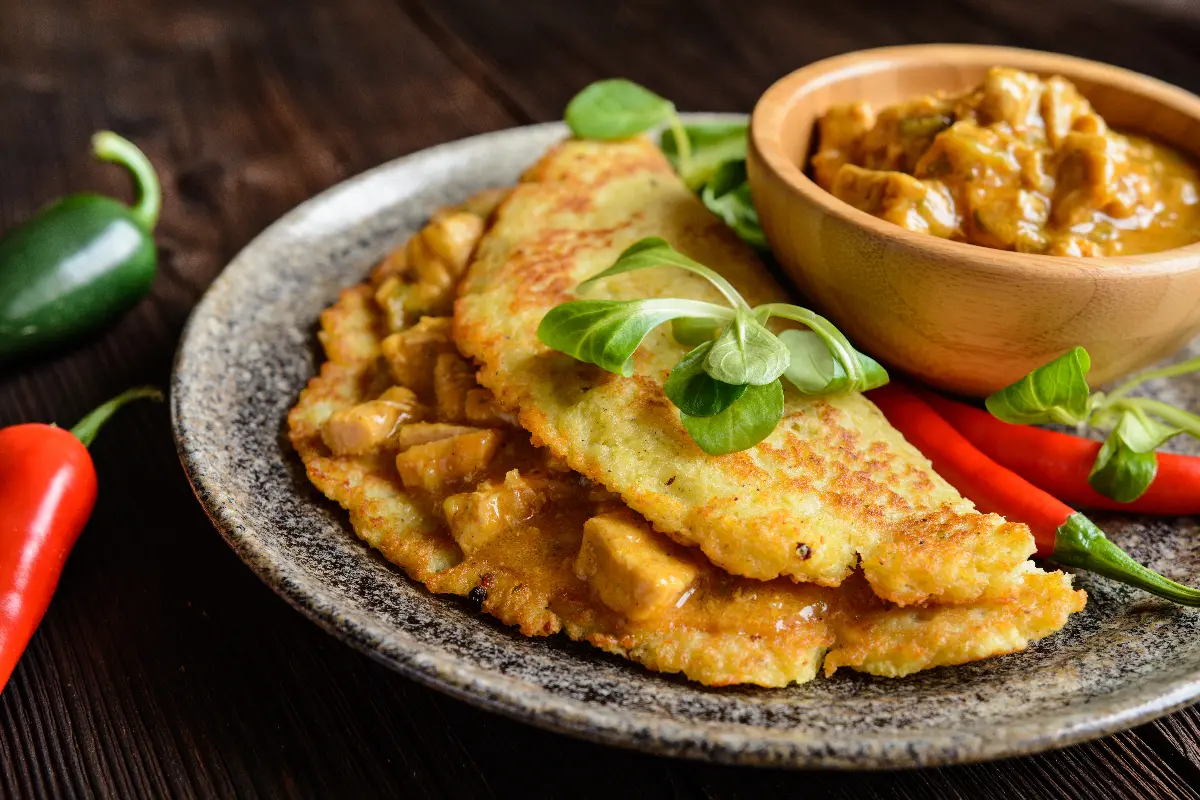
There is still plenty of meat
There were plenty of main courses made from freshly slaughtered pigs, such as beer-battered roast leg on a bed of cabbage and apple. Add also ‘knédli’ (soft, steamed, white bread) and it’s really like being in a Czech beer bar. These items are also common in Slovak cuisine, and it is no coincidence that they came to us through them. There is, however, one dish that is specifically related to the Slovaks of Békés, and that is the so called ‘cigánka’. This was the name given to the gypsy women who came to beg when the pigs were slaughtered. Since the Slovak farmers would not eat the liver and blood, which would otherwise have gone into the blood sausages, they gave it to the begging ladies in the form of dumplings. The delicacy, also available from sausage stuffers nowadays, is kneaded with rice, onion and egg and cooked in the pig’s peritoneum in a pan. Leftover meat may also have gone into the old ‘tarhonya’ pasta, which are made by frying sausages or smoked ribs with onions, then boiling them in a small pan of water until thick, adding potatoes and tarhonya.
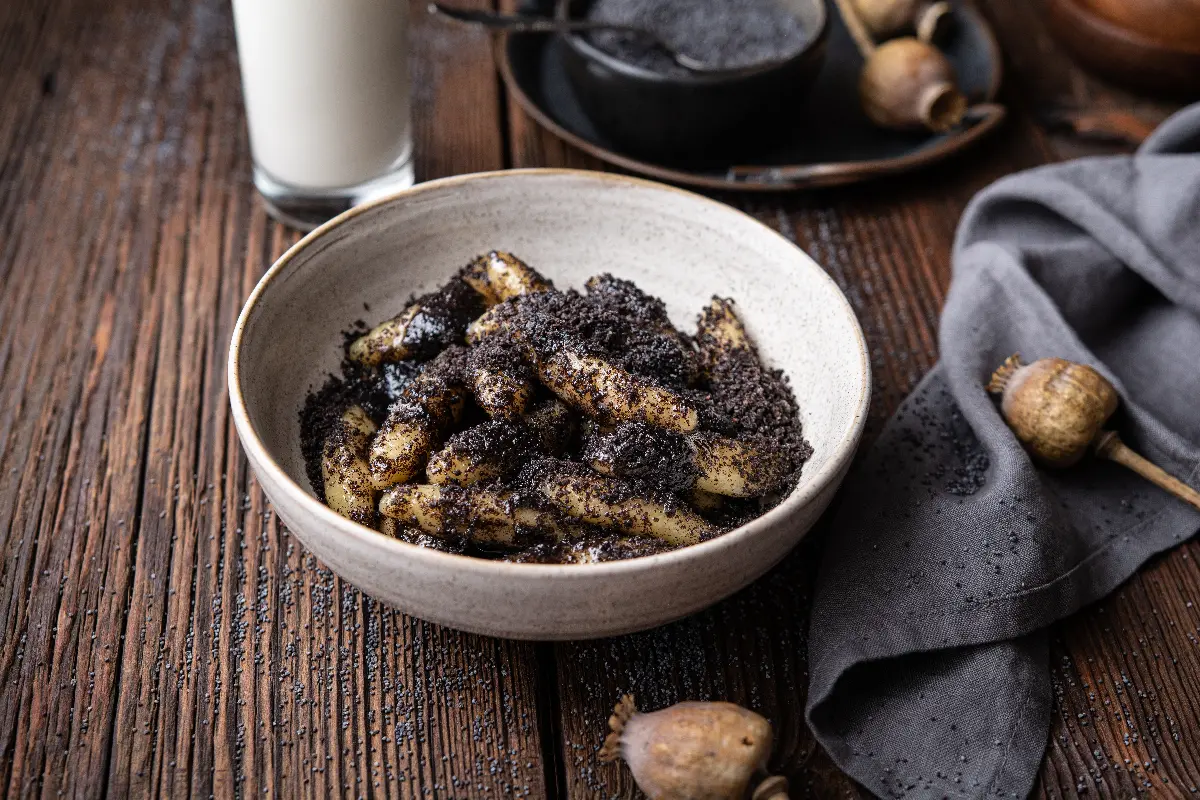
Salty or sweet?
What is amazing about the cuisines of most nations is that they use the same essential ingredients to conjure up completely new flavours for a wonderful dessert.
Slovaks are most creative with leavened dough and potatoes in this way. For example, poppy seed ‘bobájka’, the big brother of poppy seed dumplings, is made by rolling dumplings in a poppy seed and vanilla sauce instead of using buns. An unusual version of the Slovak steam dumpling with poppy seed and jam is offered in Tótkomlós. In kvasienka, the filling (nuts, poppy seeds, cocoa, cheese) is spread on the outside of the dumplings, and lard is used as a binder. Much more common is the Palóc (Palots) potato scone, i.e. the potato pancake, also known as the laska, which can even be filled with jam to taste. Here again, the competing names creep in, as the potato pancake also appears on the menu as ‘lepcsánka’ (flatbread, or, more to the north, ‘tócsni’), but the latter is perhaps less under the sweets menu item, and more as a beer roll or a light main course served with a salad. Finally, it is worth mentioning a fully Hungarian dish that is just as much a home dish for Slovaks. This is a pork crackling patty made with the addition of fried pork fat, and there are also versions with sheep cheese and cabbage.

